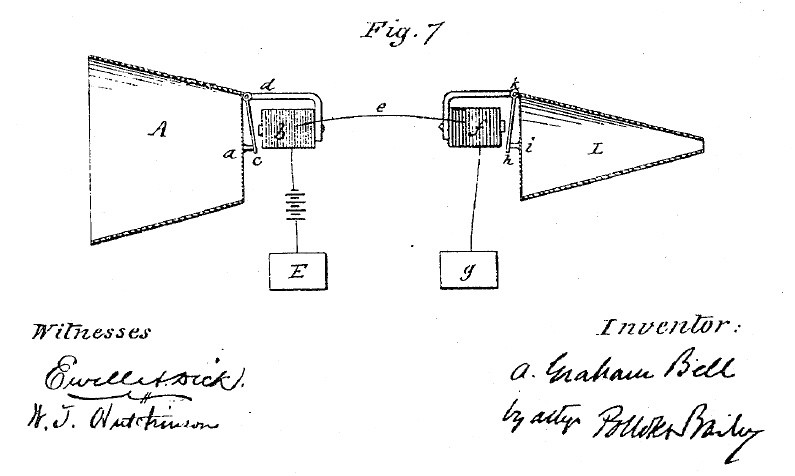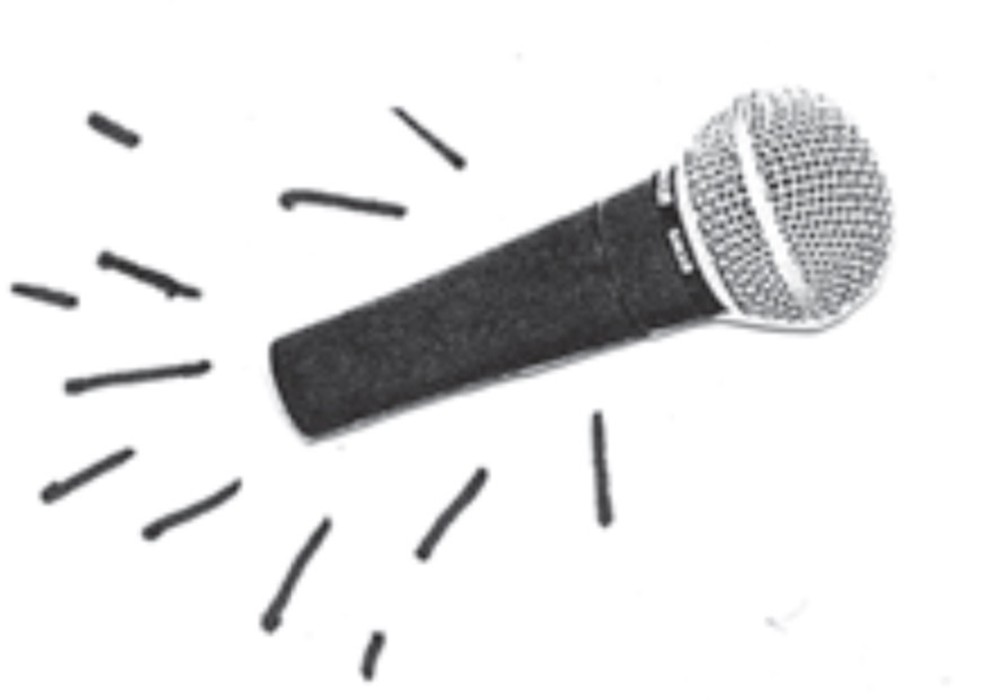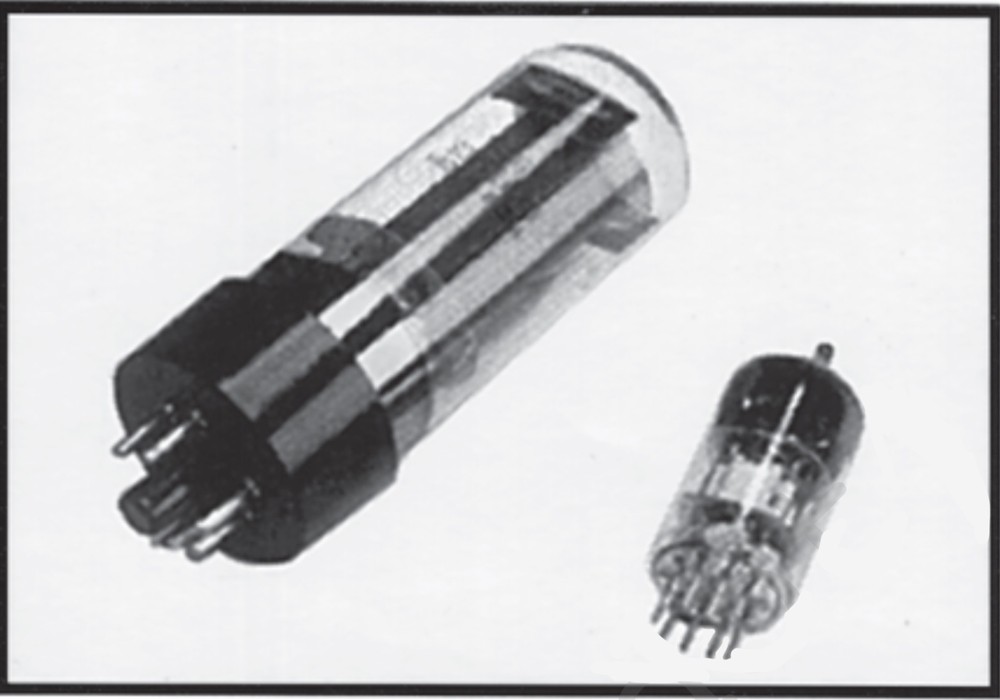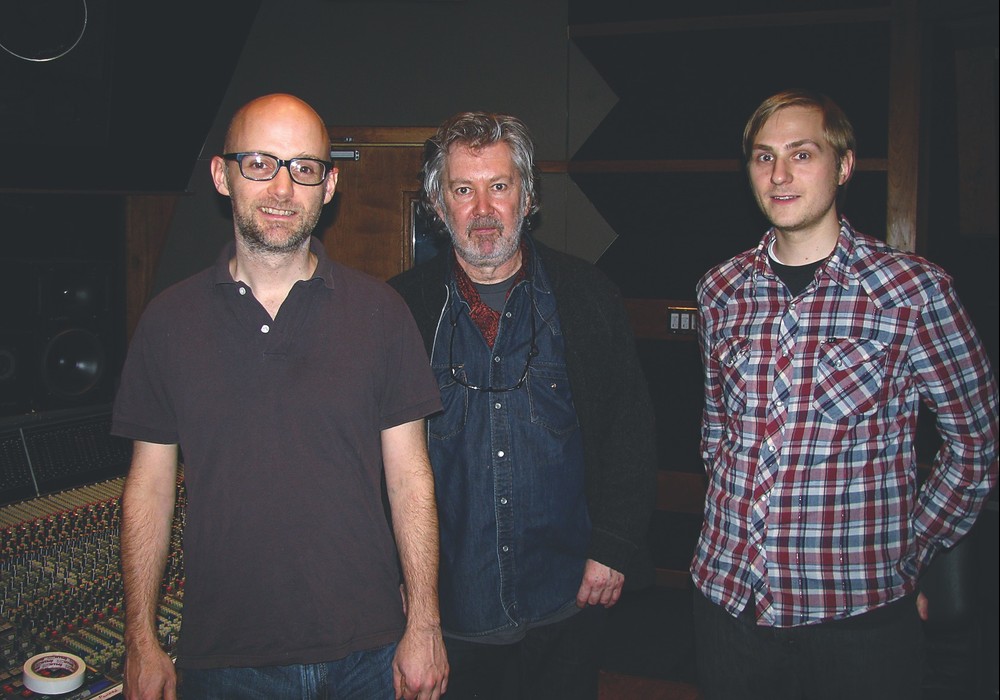The dB decibel is ubiquitous in the field of audio technology, recording, broadcast, etc. However, a need for a better notation has arisen to avoid confusion on the dB usage for certain measurements. This article explains this new and preferred dB notation with selected examples.
A Brief Evolution of the dB (decibel)
In the early 1920’s telephone engineers needed a way to measure the loss in a standard one-mile long cable (1msc). This would allow the engineers to see if the telephone signal (voice) would need an amplifier or not to regenerate the signal strength. The development of the TU (Transmission Unit) in 1924 was created and used. The TU was defined by the following mathematical formula:
$$TU = \log_{10}\left( P_o \over P_i\right) $$
Where \(P_o\) is the power output in watts and \(P_i\) is the power input in watts.
This TU worked out very well for several years. However as the telephone industry grew exponentially, so did the use of the TU for measurements. The TU was then decided to become the de facto standard unit at this time and then was renamed the Bel commemorating Alexander Graham Bell the inventor of the telephone. See formula:
$$Bel = \log_{10}\left( P_o \over P_i\right) $$
The Bel was considered too large of a unit to use with upcoming telephone circuits and systems. In 1928 the Bel unit was replaced with the smaller unit called the decibel dB, meaning one tenth (1/10) of a Bel. This was now the birth of the dB (decibel) which is still being used in many technical areas of sound, light, electricity, fiber optics, audio/video and other technologies.
dB (deciBel): The logarithmic Unit of Level
In the Journal of the Audio Engineering Society, Dr. R.W. Young explained the Unit of Level in 1971. The dB unit had acquired some various appendages or suffixes. The idea of these appendages was to develop reliable measurements that would compare the measured quantity to a known reference quantity. In this way the readings of the levels would be more accurate and reliable with less confusion.
Using this in the field of audio technology the following table will show the concept of Levels in dB (decibels). Based on the following definition the capital letter L stands for level in dB. By adding a subscript to the letter L will represent the type of level.
dB Notation References
The below levels are considered to be electrical levels.
The below Lsp is considered to be an acoustic level.
We can use the following general formulas for any particular technical field. The unit shall be in \(dB_x\), where x is the appendage letter of the reference value chosen.
On the other hand, level gains typically used for amplifiers/pre-amplifiers are in absolute dB (no appendage letter) which designates no reference.






_display_horizontal.jpg)


